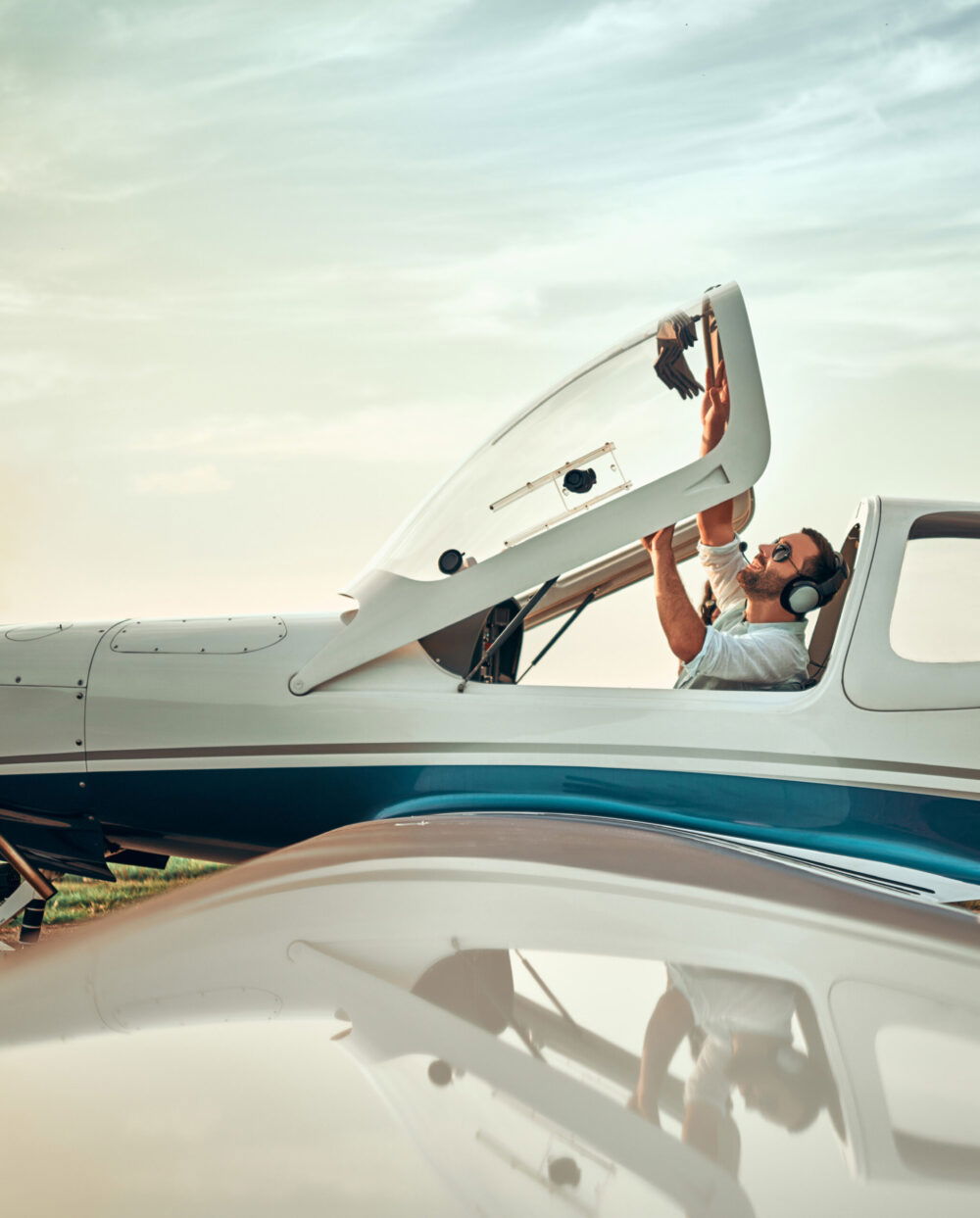If NASA’s recent research efforts come to fruition, air travel of the future could take place in flatter, sleeker aircraft that resemble manta rays and require drastically less fuel than contemporary designs.
Such designs have often been posed throughout history as potential solutions in the drive to increase efficiency and reduce fuel consumption, but the technology needed to create flying wing structures that can withstand the necessary aerodynamic forces has never been developed. Until now, that is.
NASA engineers say they have produced a structure that provides that necessary strength through carbon-composite rods covered with epoxy-treated carbon-fiber fabric. When put against the forces of flight, researchers found the structure was able to hold its own, thanks in part to special stitching used in conjunction with the fabric that prevents the spread of structural failures.
NASA is now working on testing the manufacturing process on a larger scale by creating a pressurized structure, using the same methods, which will feature two levels and span 20 feet. The model is expected to be completed within the next two years.
Researchers say the hybrid wing design would cut the structural weight of an aircraft by 25 percent and would require the use of an ultra-high bypass ratio engine — perhaps mounted on top of the wing — to slice fuel consumption in half in comparison to today’s airplanes.
NASA says that while it could take up to two decades before this type of technology is fully realized, the benefits of the research could be used to inform and improve aircraft design much sooner.
The findings are the result of a $300 million collaborative project completed by NASA, Pratt & Whitney and Boeing.





